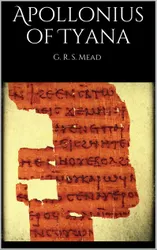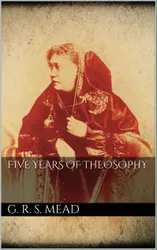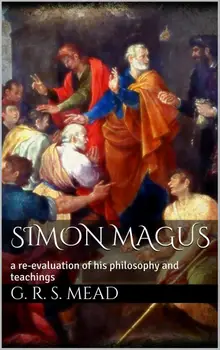Everybody in Christendom has heard of Simon, the magician, and how Peter, the apostle, rebuked him, as told in the narrative of the Acts of the Apostles. Many also have heard the legend of how at Rome this wicked sorcerer endeavoured to fly by aid of the demons, and how Peter caused him to fall headlong and thus miserably perish. And so most think that there is an end of the matter, and either cast their mite of pity or contempt at the memory of Simon, or laugh at the whole matter as the invention of superstition or the imagination of religious fanaticism, according as their respective beliefs may be in orthodoxy or materialism. This for the general. Students of theology and church history, on the other hand, have had a more difficult task set them in comparing and arranging the materials they have at their disposal, as found in the patristic writings and legendary records; and various theories have been put forward, not the least astonishing being the supposition that Simon was an alias for Paul, and that the Simon and Peter in the accounts of the fathers and in the narrative of the legends were simply concrete symbols to represent the two sides of the Pauline and Petrine controversies.

Pistis Sophia
G. R. S. Mead
book
The Hymns of Hermes : Echoes from the Gnosis
G.R.S Mead
book
The Hymn of the Robe of Glory, The Hymns of Hermes
G. R. S. Mead
book
Gnostic John the Baptizer
G. R. S. Mead
book
The Gnostic Crucifixion
G. R. S. Mead
book
Pistis Sophia
G. R. S Mead
book
Apollonius of Tyana
G.R.S. Mead
book
The Mysteries of Mithra, The Vision of Aridaeus
G. R. S. Mead
book
Five Years of Theosophy
G. R. S. Mead
book
The Corpus Hermeticum
G. R. S. Mead
book
The gnosis of the mind, The hymn of Jesus
G. R. S. Mead
book
